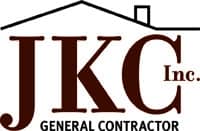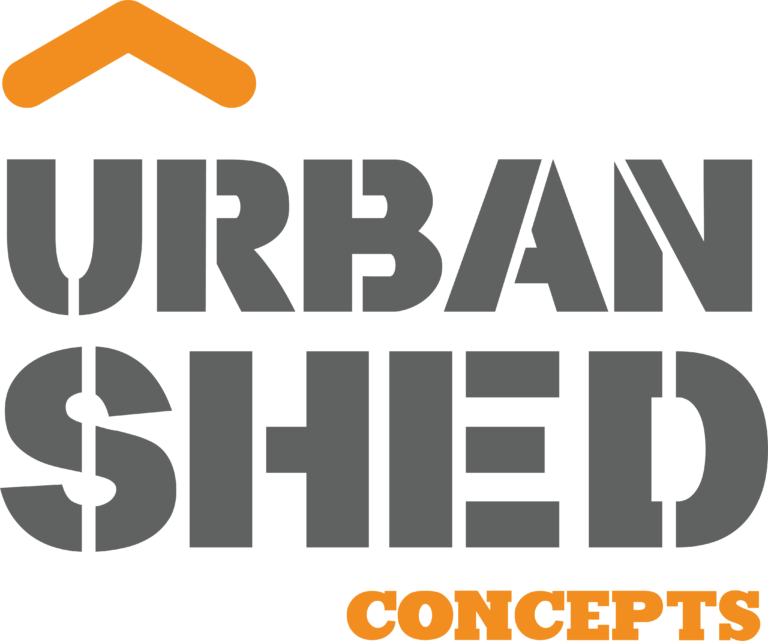According to the National Weather Service, the 2024 monsoons are just a few short weeks away. Technically, the season begins on June 15th and ends on September 30th.
Before getting into our Do-It-Yourself topics, let’s take a quick look at what a monsoon is and some related weather phenomena.
The Start
Seasonal winds flow from the south and southwest, bringing the moisture-laden air from the Pacific Ocean and the Gulf of Mexico into the southwest. A good portion of our rainfall occurs from storms produced when the wet air meets the daytime heat we are so famous for. The National Weather Service says 40% to 50% of our annual rainfall happens during the monsoons.
The Storms

Monsoon storms can range from light rains to extraordinarily violent. Here are some of the more powerful storm types that the season can wreck on us:
- Heavy rainfall is measured as between .5” to 2.0” per hour. Violent rainfall is measured at greater than two inches per hour. Areas of our state have seen 4” an hour or more. This deluge causes intermittent flooding in washes and on our roads. A roadbed of dirt or gravel under rushing waters can lower considerably, making the wash deeper than it appears. Water that is only two feet deep can carry a car away, so, don’t cross washes or roadways. Turn around and go another way or wait it out.
- Dust is another hazard. Driven by violent winds and tiny particles of earth, these storms are typically not associated with rainfall. The dust and debris can make driving quite hazardous. If you encounter a blinding haboob, pull off the roadway and turn off your lights.
- Microbursts are a specific weather event that can occur with a big thunderstorm. By “big,” we mean the cloud height. They occur when the cool air in the thundercloud rushes downward in a column of air. The subsequent wind speeds often reach 100 miles per hour or more. This is the equivalent of an EF-1 tornado.
- Damage from hail storms can be severe. Pea-sized hail is usually not a problem, but the golf ball size can cause considerable damage.
Protecting Your Home

There are a few basic steps to avert damage to your home and property.
- Manage heavy rainfall. Water drainage systems around our homes need to be clear of any debris that may inhibit the flow of water. This includes cleaning gutters (you may need to do this several times each season, as wind-driven debris can clog them after a storm). If your yard has drainage channels in the landscape, remove blockages such as large weeds, debris, and lawn or pool furniture.
- Managing damage from wind can be a challenge. Wind-driven debris from someone else’s property, be it a tree, lawn furniture, or a trash can, is something you can’t control. You can, however, control your property. Secure lighter-weight objects outside your home when you are not using them. And, most likely, y’all aren’t using them in a storm. You don’t want to contribute to any damage to your home or your neighbors.
- The best way to protect against hail damage is to protect anything that could be ruined or take flight. This includes putting the car in a garage if you can.
The monsoon is coming. The National Weather Service predicts a La Nina this year, which can mean lower-than-normal rainfall. In the last four La Nina years, Phoenix saw between 1″ to 4.2″ of rain for the season.
We don’t know what this year’s monsoon will bring, but we know storms can develop quickly and be violent. Before leaving for work or school, look around your house, home, castle, or cabin for any potential problems that could arise.
###
Homeowner Handbook | #ArizonaMonsoon
PODCAST
Weekly To Do preparing for another monsoon season. What homeowners can do beside keeping your fingers crossed you don’t get hit hard. Homeowner questions include block fencing, insulation materials, options for an unused in ground pool, insulated garage doors, window frames and more.
Podcast Archive With Expanded Content and Resources
PHOTO CREDIT
- Shutterstock/iStock















